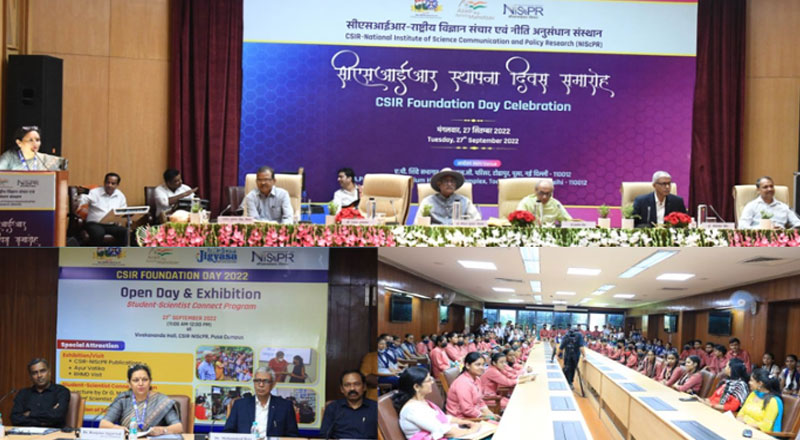India and China have taken starkly different approaches to navigating U.S. foreign and trade policy under former President Donald Trump. While China opted for a confrontational stance, asserting its sovereignty and economic power, India’s responses have been more cautious and, at times, conciliatory—prompting criticism over strategic hesitancy in a rapidly shifting global order.
On Buddha Purnima, a temporary ceasefire was announced between India and Pakistan. Interestingly, on the same day, U.S. and China declared a brief truce in their trade war. Prime Minister Narendra Modi, in his national address, elaborated on the India-Pakistan ceasefire, focusing on terrorism. Notably, he made no mention of the United States' role—despite President Trump repeatedly asserting that the U.S. played a key part in brokering the deal.
Official Indian channels insist the ceasefire was arranged through military-level talks between the DGMOs of both countries. But given the political sensitivity and the suddenness of the agreement, it’s widely believed that backchannel diplomatic efforts—possibly involving U.S. mediation—played a decisive role. If true, this would cross India’s long-standing red line: refusal of third-party involvement in bilateral issues with Pakistan.
India’s approach under Trump has often appeared defensive, shaped by both internal vulnerabilities and complex international alignments. Externally, the U.S. remains transactional in its diplomacy, China is closely allied with Pakistan, and Russia leans increasingly toward China. These dynamics leave India with limited support in critical moments, as seen during the Doklam standoff and the Ladakh crisis.
In contrast, China responded to Trump’s tariffs with bold retaliation. When the U.S. imposed aggressive tariffs on Chinese goods, China countered by raising tariffs up to 145% on American products. While trade froze temporarily, China’s tough posture forced Washington back to the negotiation table, ultimately leading to a 115% mutual reduction in tariffs. China also accelerated its technological self-reliance, reduced dollar holdings, and responded forcefully to moves like the Huawei ban.
Most other major U.S. trading partners also held firm, refusing to yield to unilateral pressure. The UK, though the first to sign a trade deal with the U.S., ended up conceding much more than it gained—agreeing to slash tariffs on 2,500 items while the U.S. committed to fewer than 100.
India, meanwhile, preemptively cut tariffs on U.S. imports in its Union Budget even before Trump formally announced trade penalties. Rather than contesting the unfairness of U.S. tariff threats—especially in light of existing WTO frameworks—India chose to quietly negotiate, avoiding confrontation.
Trump’s claim that America’s trade deficit is a subsidy to other nations is deeply flawed. In reality, developing countries subsidize American consumption by exporting low-cost goods—often produced under intense labor pressure—while the U.S. enjoys affordable retail prices. High tariffs don’t make America richer; they act as indirect taxes on U.S. consumers, increasing domestic prices regardless of profit margin adjustments by exporters.
Despite this flawed logic, Trump used tariffs as a coercive tool, threatening allies and rivals alike. Yet most nations pushed back, knowing that economic logic and political pressure would eventually force the U.S. to adjust. China’s example proves that resistance, when combined with strategic preparation, can yield concessions.
India’s strategic posture remains reactive rather than assertive. Trump publicly labeled India the "tariff king" and demanded greater access to Indian markets—including agriculture, defense, and energy. While taking credit for brokering the ceasefire with Pakistan, he simultaneously pushed for deeper trade concessions.
Opening up India’s agriculture sector could have devastating consequences for millions of farmers. Yet India’s responses have lacked firmness, and it has not coordinated closely with other major U.S. trading partners to collectively push back against aggressive U.S. trade demands.
The result is that U.S. involvement in the ceasefire process may have come with unspoken costs—possibly shaping policy shifts or future concessions. To counterbalance these pressures, India would benefit from strategic coalitions, particularly with developing economies that share similar vulnerabilities.
India’s current predicament is shaped as much by domestic challenges as by external ones. Internally, deepening social divides and political polarization weaken national cohesion, limiting India’s capacity to respond decisively on the international stage.
Technological advancement and universal access to quality education are essential if India is to assert itself confidently in global forums. Strategic autonomy isn’t just about diplomatic positions—it’s about reducing dependence, investing in innovation, and uniting behind long-term national priorities.
A more assertive and cohesive India could push back against transactional diplomacy and secure better terms in global negotiations. As it stands, India’s approach contrasts sharply with China’s bold, calculated resistance—revealing two very different models for navigating a multipolar, unpredictable world.


















